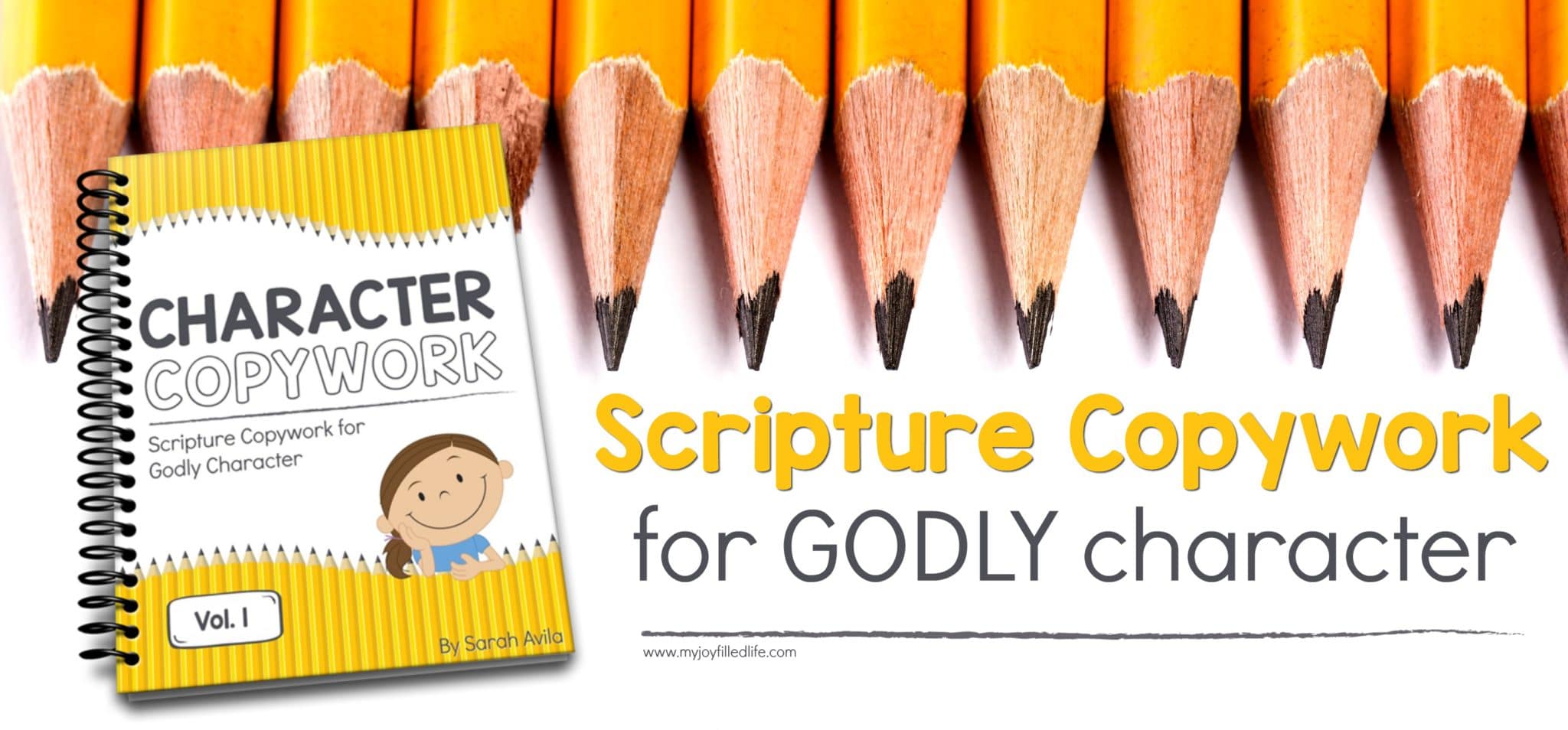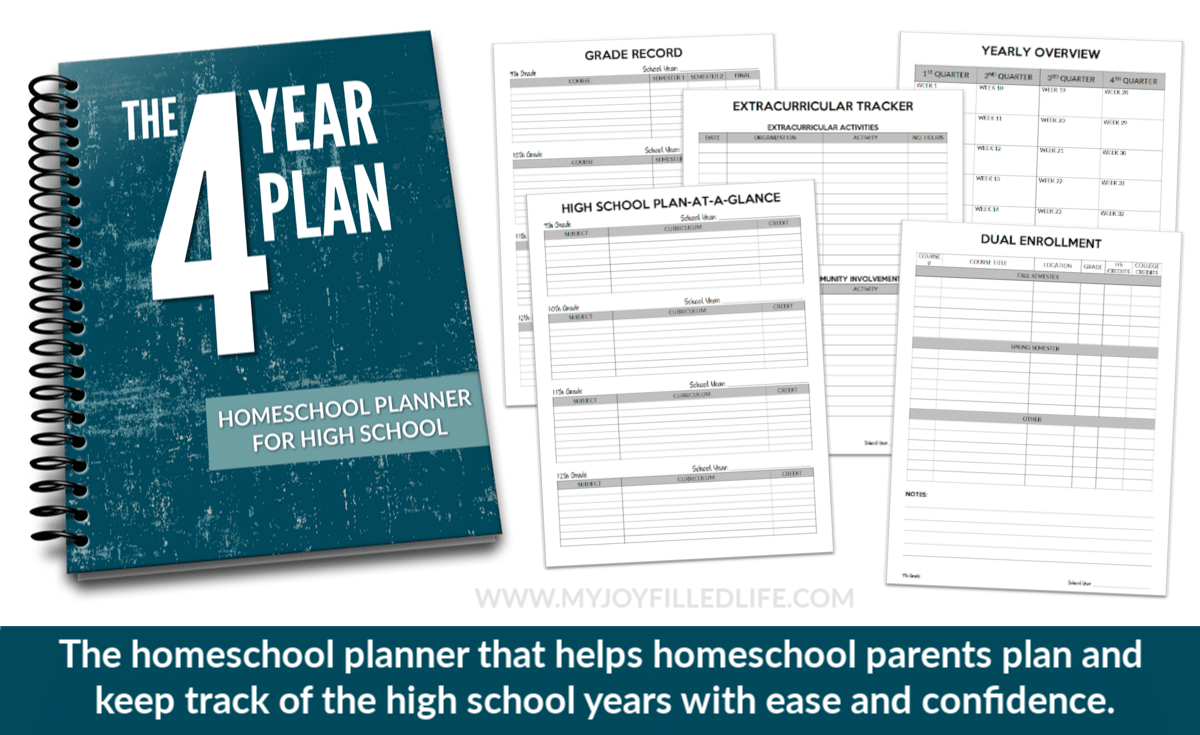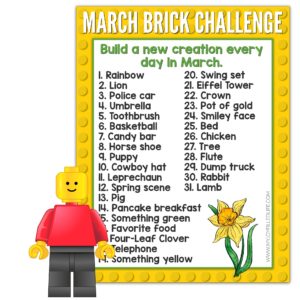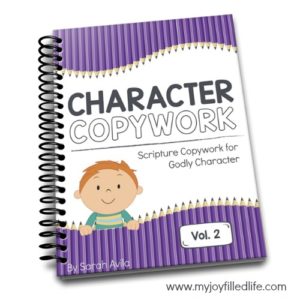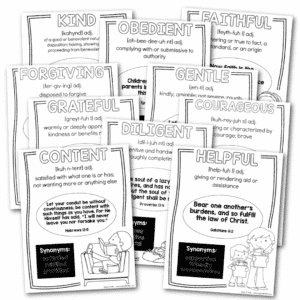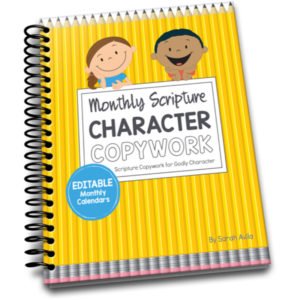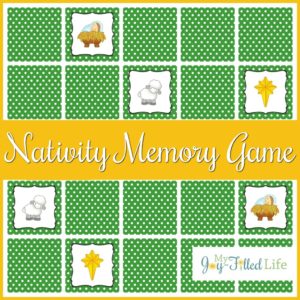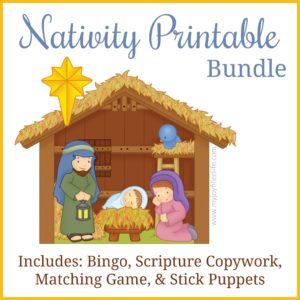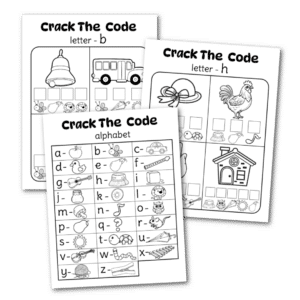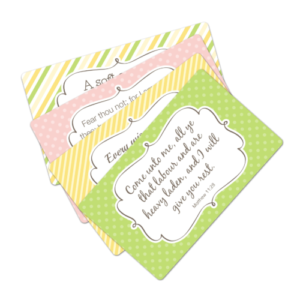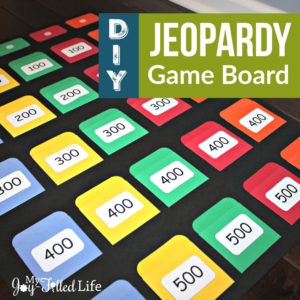Gardening is a big part of our family life. It was the first topic that I wrote about seriously on my blog, but I have yet to cover gardening as it can relate to homeschooling…until today! Today I will share six fun ways to incorporate gardening into your homeschool. A quick note: some links are affiliate links.
1. Sprout something.
- Try alfalfa seeds
for topping your salads or sandwiches.
- Beans are an easy option.
- Avocado pits are big enough for even toddlers to handle.
- Sprout a few different types of seeds and make predictions about when they’ll sprout.
2. Grow food from scraps.
- Grow carrots from carrots.
- Grow a pineapple! This takes a long time, but the plant is neat in the meantime.
- You can regrow romain, cabbage, and celery using the same method.
3. Grow an indoor garden. A sunny window is all you need to grow some plants and purify your air. Bonus points if you choose an indoor herb garden and then cook with them!
- DIY Kitchen Garden Planter
- Indoor Herb Garden
- Indoor Gardening Ideas from Kids Gardening
4. Create a terrarium. Terrariums are a great way to introduce kids to gardening/growing plants.
- Create a mason jar terrarium.
- Or try creating a terrarium in a fish or trifle bowl.
- Or try an even larger version.
5. Plant an actual garden. You were wondering when this was going to show up, weren’t you? If you have an area to grow a garden, I recommend it. It does not have to be a huge affair. I do recommend using a raised bed, you can read why here.
- Growing a Pizza Garden: Grow a Kid’s Pizza Herb Garden
- 8 Recipes You Can Grow in Your Garden
- Planning a Square Foot Garden
6. Do a garden unit study. A few options:
- Garden Preschool Pack from Homeschool Creations is a free lapbook, but she shared more activities on her blog.
- Adventures in Gardening
- Holly Bloom’s Garden Unit Study
Gardening with children creates lasting memories for both you and them. It teaches diligence, patience, and that there are rewards for hard work. Beyond plants, gardening also includes pollinators like insects, birds, and wind; beneficial and harmful bugs; and various forms of composting. You can cover just about every area of science in the garden.
Have your students write about what they learn and you can add subjects like handwriting, creative writing, vocabulary, and spelling. History can be added when you study what the pilgrims grew in their gardens and heirloom varieties. Plus, gardening is quite the life skill.
Studying gardening brings knowledge of a largely misunderstood topic (food) in a world full of supermarkets and boxed food. Empower your children (and yourself!) with the knowledge of how to feed themselves if they ever face hard times. All it takes is a little dirt and some seeds to get started.
 Vicki Arnold is a happy wife and mama to four blessings. She blogs about homeschooling and the rest of life at the Vicki Arnold blog and recently launched the Homeschool Newsletter. If you can’t find her there, check Pinterest.
Vicki Arnold is a happy wife and mama to four blessings. She blogs about homeschooling and the rest of life at the Vicki Arnold blog and recently launched the Homeschool Newsletter. If you can’t find her there, check Pinterest.

